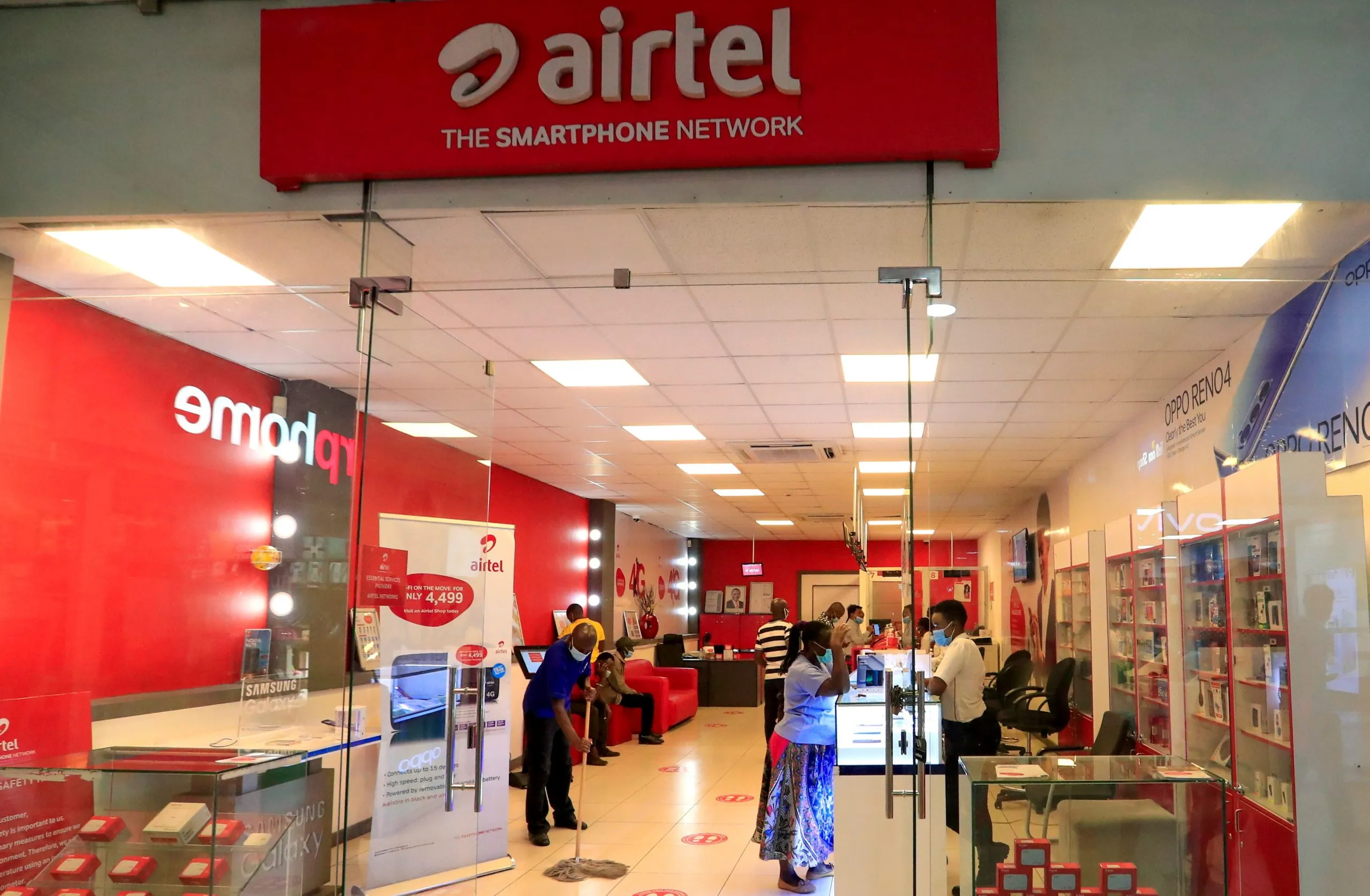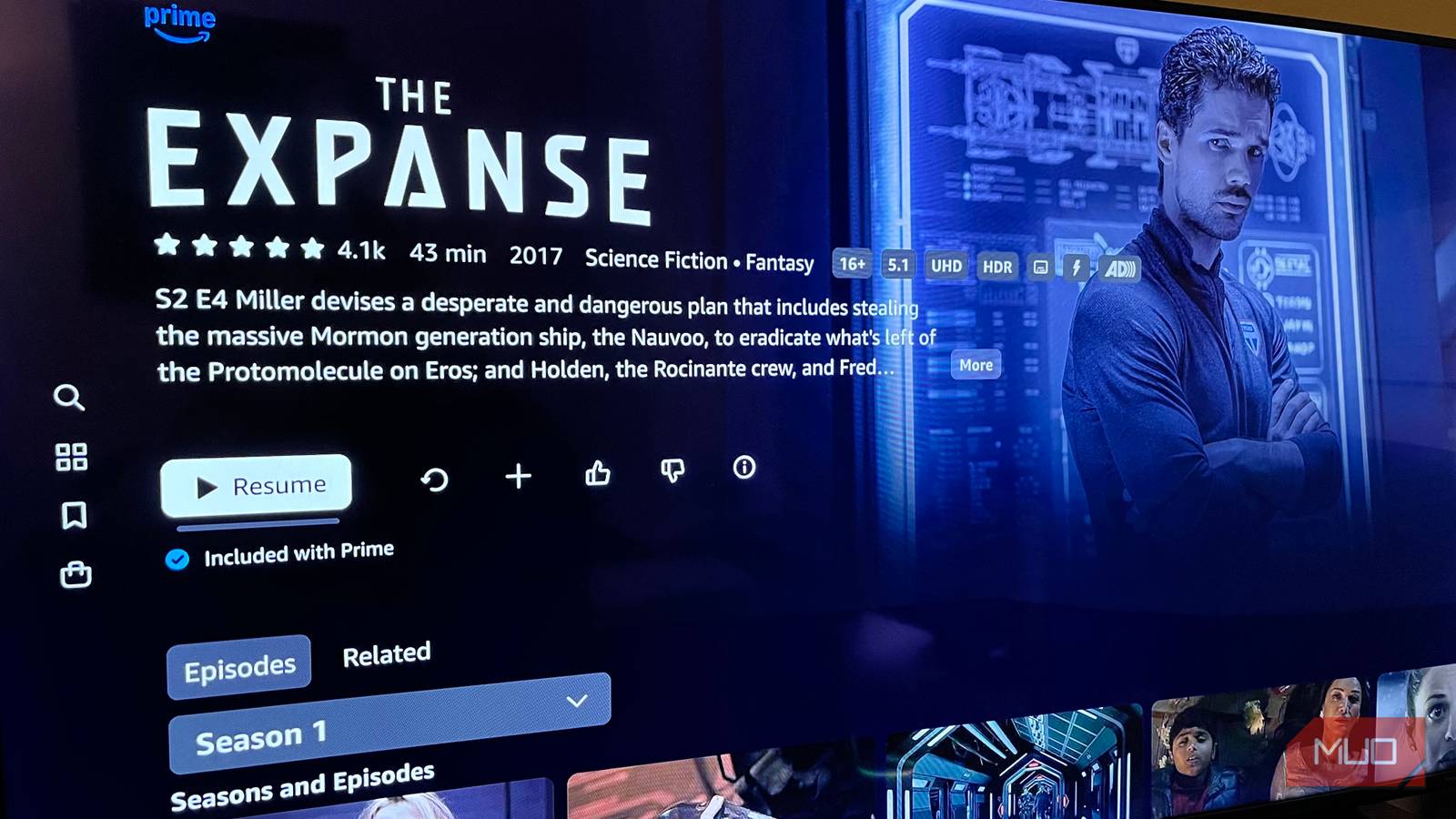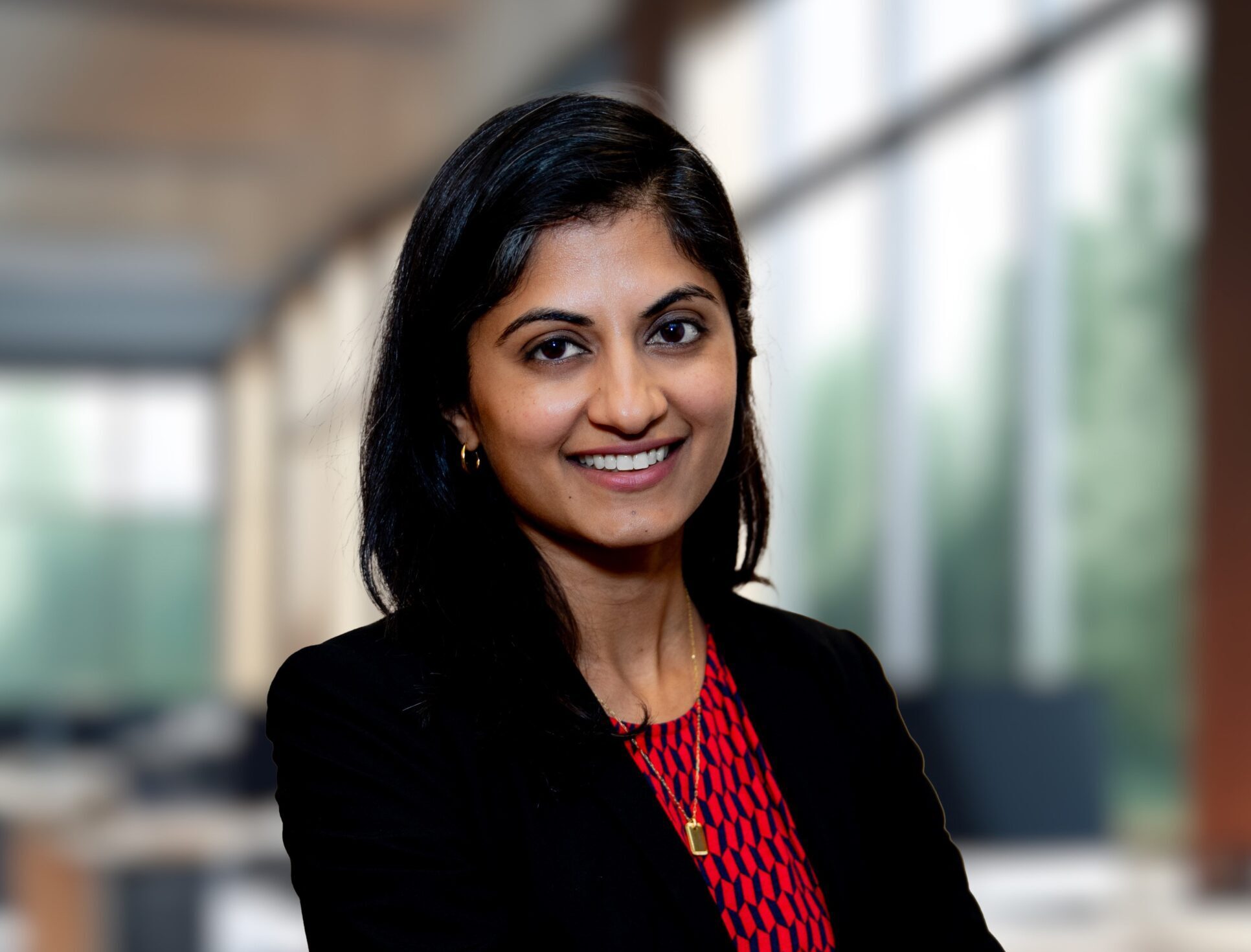This is Follow the Money, our weekly series that unpacks the earnings, business, and scaling strategies of African fintechs and financial institutions. A new edition drops every Monday.
With over 56 million subscribers, Airtel may be Nigeria’s second-biggest telco, but mobile money-wise, it is still playing catch-up.
Mobile money is the country’s fastest-growing financial services segment. Transactions hit ₦20.71 trillion ($13.49 billion) in Q1 2025, according to data from the Nigeria Inter-Bank Settlement System (NIBSS), a 1,518.64% jump from the ₦1.28 trillion ($833.43 million) recorded in Q1 2021.
Yet Airtel is trying to claw its way into a sector already dominated by fintech heavyweights OPay and PalmPay.
“In Nigeria, it is a well-developed fintech market, compared to many other markets,” said Sunil Taldar, Airtel Africa’s CEO, on the company’s fiscal Q1, 2026 earnings call in July 2025.
Regulatory restrictions, higher capital requirements, and a late start may have slowed its progress, but Airtel is betting on its brand, agent network, new digital capabilities, and existing customer base to help it carve out a profitable slice of Nigeria’s mobile money market.
Fintechs lead
While 17 companies are licenced by the Central Bank of Nigeria (CBN) to operate as mobile money operators, OPay and PalmPay dominate the sector. OPay reported 10 million daily active users and 100 million daily transaction volumes in 2024. PalmPay recently disclosed that it now processes 15 million daily transactions.
Telcos, by contrast, dominate mobile money in Kenya and Ghana but are struggling in Nigeria. Since 2013, mobile money accounts in Nigeria have doubled, according to GSMA, the global telco body, and by 2023, over a third of new registered and active 30-day accounts globally were from Nigeria, Ghana, and Senegal. In 2024, global mobile money transaction values grew by 15% to $227 billion, led by Sub-Saharan Africa.
Nigeria’s mobile money sector is driven by both Mobile Network Operator-led and non-MNO-led providers, each with different types of licences. While these licences permit similar activities, differences in what each can offer cap growth potential. The CBN’s 2021 framework split the sector into bank-led and non-bank-led models, pushing telcos into the role of infrastructure providers.
By 2018, the CBN introduced Payment Service Banks (PSBs), allowing telcos to offer limited financial services under strict rules: at least 25% of operations must target rural areas, loans are off-limits, and capital requirements are steep—₦5 billion ($3.30 million) for PSBs versus ₦2 billion ($1.32 million) for other operators.
PSBs licenced so far include MTN’s MoMo, Airtel’s SmartCash, 9mobile’s 9PSB, Globacom’s Money Master, and Unified Payment’s Hope PSB.
GSMA noted that “higher capital requirements and rural operation mandates” for PSBs may be a key reason telcos lag behind fintechs. It added that regulatory restrictions can reduce competition and limit the broader impact on financial inclusion.
Industry leaders have also argued that Nigeria’s bank-led model is slowing adoption. When the CBN announced this direction, Gbenga Adebayo, chairman of the Association of Licensed Telecommunication Operators of Nigeria (ALTON), said, “We think penetration will be slow. We are convinced that we are the industry with the ready infrastructure all over the country. If you talk about mobile penetration, the use of mobile phones for financial services, the last mile is handled by the operators.”
In Kenya, telcos had a freer hand, enabling M-Pesa to become a runaway success.
Airtel’s slow progress
Nigeria remains a small piece of Airtel’s mobile money customer base of 46 million and revenue of $290 million. Still, it is growing: Airtel SmartCash Nigeria generated $2 million in Q2 2025, doubling its revenue from a year earlier, and active users increased to 1.5 million in December 2024.
For now, the telco is focusing on customer acquisition during its initial growth phase. “We continue to focus on expanding customer base and keep on building the very wide ecosystem required for monetisation,” Taldar said.
It is leveraging an agent network of 100,000, mirroring the playbook OPay and PalmPay used in their early days. By the end of June 2025, transaction value in naira had grown 3.6 times year-on-year.
However, the telco’s mobile money take rate remains below 0.5%, compared to 0.8% in other markets. MTN—also focused on acquiring quality customers—has fared only slightly better. Its fintech revenue still heavily depends on airtime lending, which increased by 71.83% to ₦83.19 billion in H1 2025, but its active wallet base decreased by 6.1% to 2.7 million.
To compete, Airtel wants SmartCash to become more than a cash transfer service, borrowing Opay and PalmPay’s playbooks.
Beyond facilitating quick transfers, OPay users can save, borrow via EaseMoni, buy airtime and data, and get debit cards. PalmPay is also investing in cards, aiming to issue 5 million before the end of 2025. OPay and Moniepoint (another fintech) distributed 17 million cards in 2024.
PSBs are allowed to issue debit cards, and Airtel may be leaning into this. “Whether it is launching a virtual card, whether it is providing other use cases, bill payments, or a savings bank account. So, making sure all those needs for the customers are met and they are able to transact on our platform, and we meet all the requirements,” Taldar said.
In urban areas where other fintechs and banking apps are strong, Airtel hopes to maximise its digital capabilities. In rural areas, where smartphone access remains limited, Taldar believes that the telco can leverage its existing relationship with customers to strengthen its mobile money services.
Despite a slow start, Taldar is positive that Airtel will turn the corner in Nigeria. “Nigeria is taking its time, but given the strength of this market, the size of the opportunity in this market, it is only a matter of time,” he said.
GSMA shares the same sentiment, noting that telcos’ scale, capital base, and advanced technologies will eventually give them an edge. Yet, their ability to scale depends on greater regulatory flexibility, which has helped the likes of Kenya, Tanzania, and Ghana.
“Allowing mobile money providers to provide new services such as micro credits can further accelerate financial inclusion and contribute to the economy,” it added.
Opportunities also exist in remittances, which reached $34 billion globally via mobile money in 2024, with over 70% originating from Sub-Saharan Africa. This indicates room for growth in a region where remittance costs are among the highest worldwide.
For now, Airtel is in the shadows of OPay and PalmPay, but the company believes its existing relationship with Nigerian customers will eventually translate into momentum in the mobile money race.
“Mobile money remains a cornerstone of our current and future growth proposition,” Taldar added.
Mark your calendars! Moonshot by is back in Lagos on October 15–16! Join Africa’s top founders, creatives & tech leaders for 2 days of keynotes, mixers & future-forward ideas. Early bird tickets now 20% off—don’t snooze! moonshot..com












